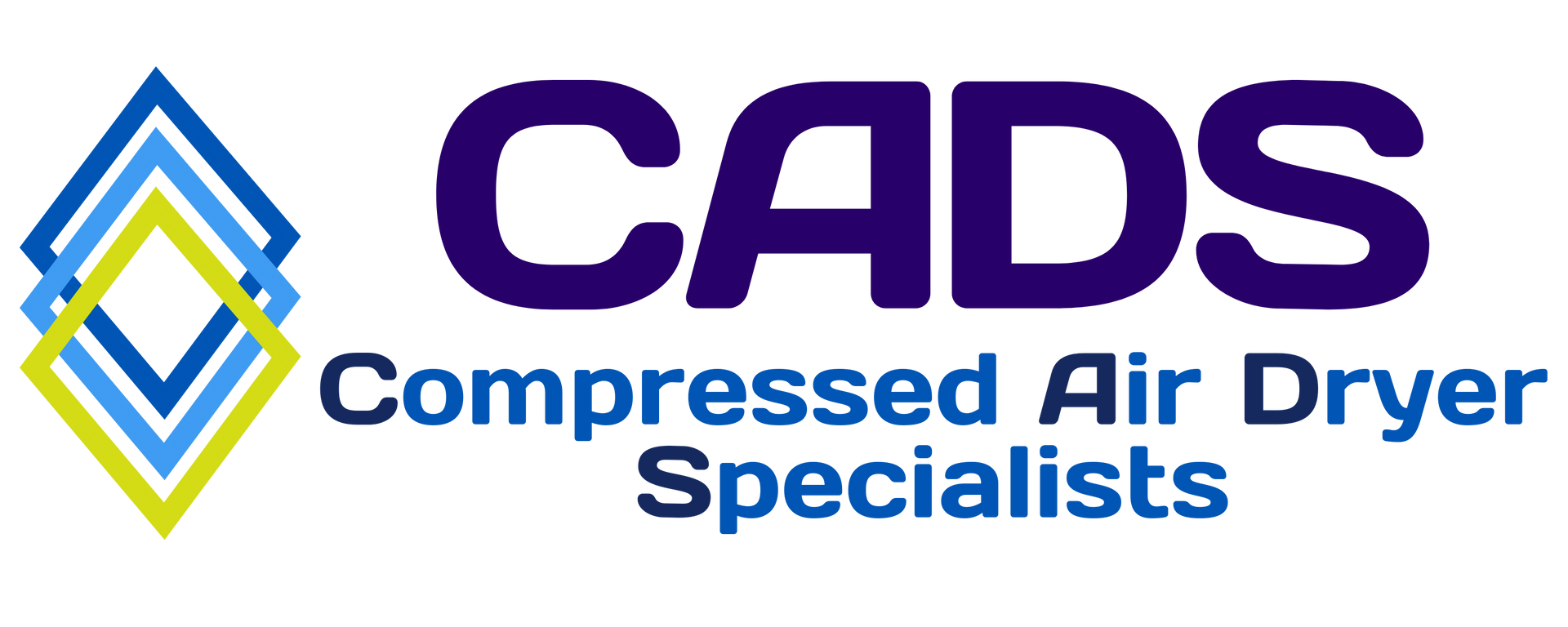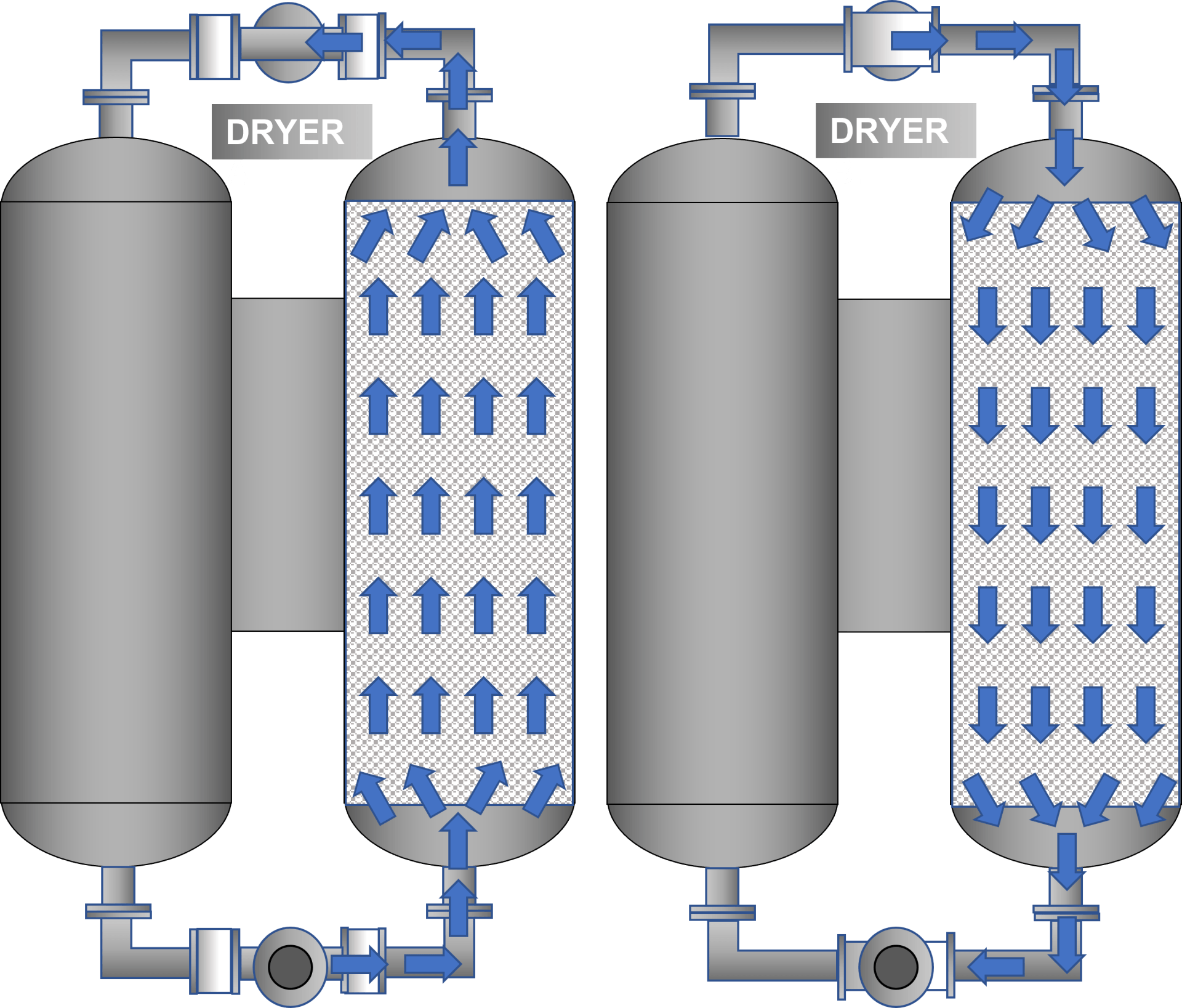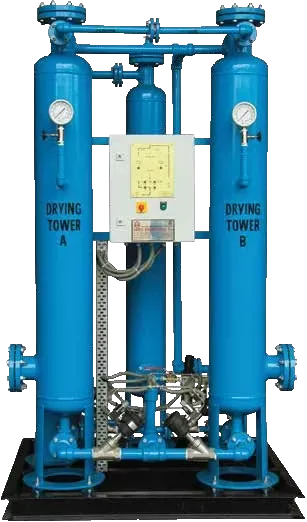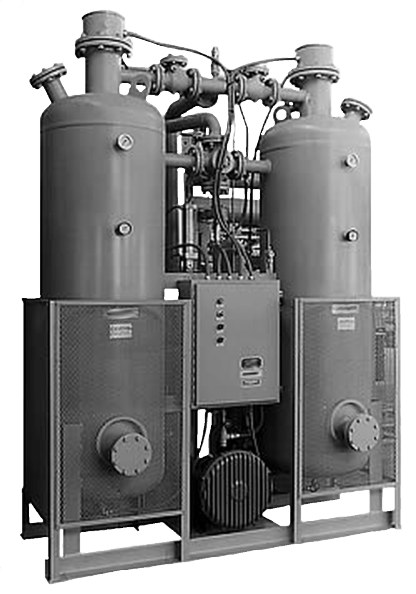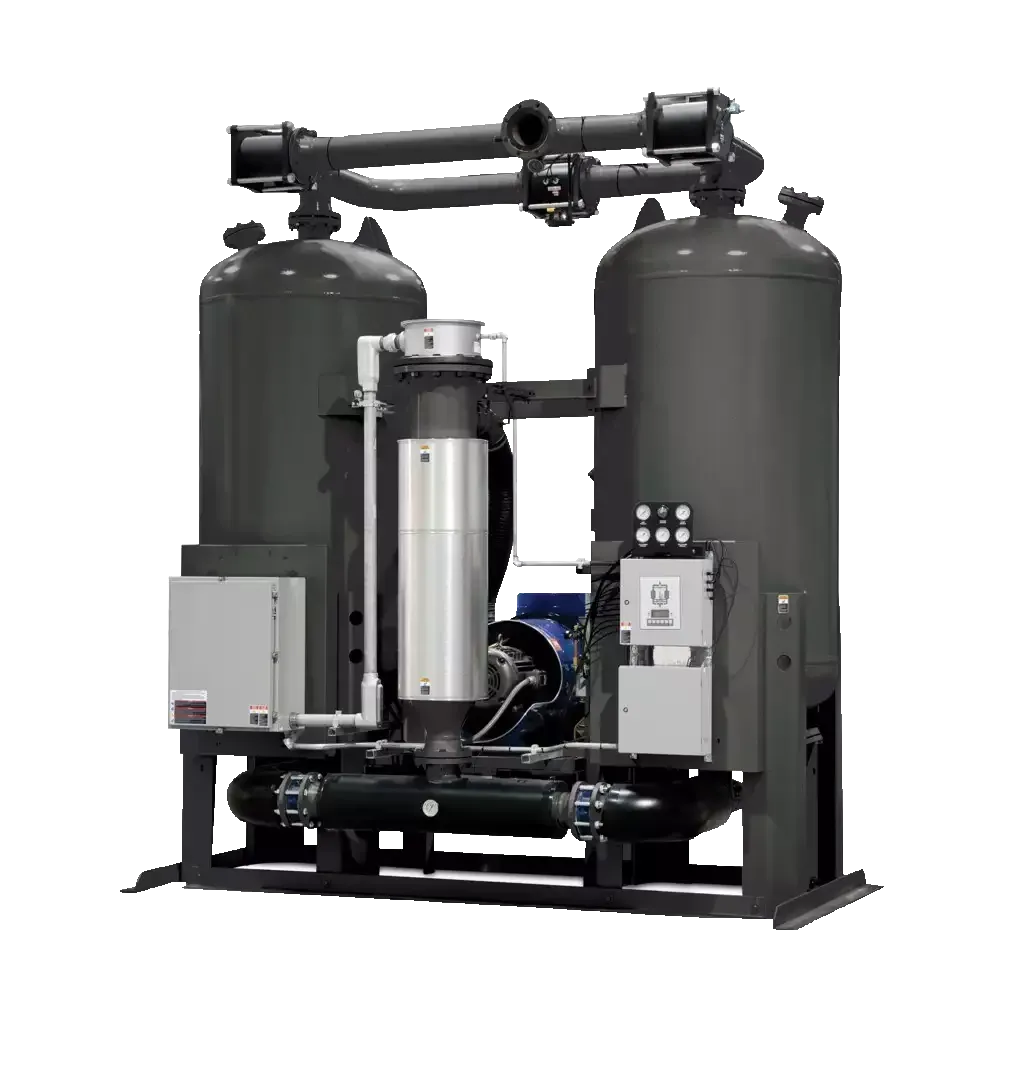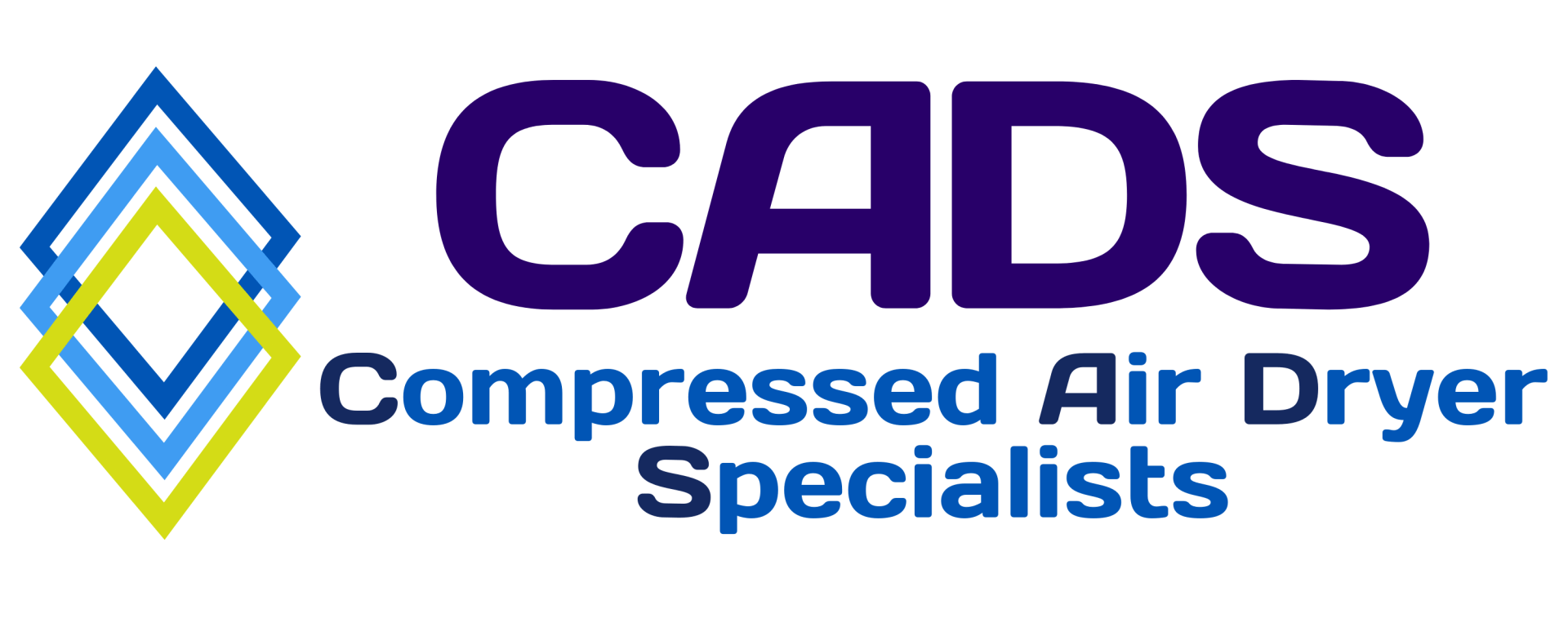That's not a reason to drop the standards, they are there for a reason.
PROJECT/DESIGN ENGINEER
"The choices you make today will affect the future safety and security of you, your children and your grandchildren."
If you are the project/design engineer for a general industrial requirement then
CLICK HERE.
This page is mainly for refinery, chemical plant project/design engineers, but read on if you are interested.
Congratulations
You now have a very important choice to make, you can either play it safe and just pick up the design specification from a previous project and go with that, knowing that no one can blame you, even if it was wrong, even if there were mistakes, the wrong equipment was chosen. They would have to blame the previous project/design engineer, you are safe, but are your children and grandchildren?
If this is you, then log out and go back to Facebook, Tik Tok, or whatever.
GREAT, you have chosen to be a true engineer, willing to learn, make a difference, not only for you, but for generations to come, particularly for all those living within the vicinity of where the project will be implemented.
The information contained here will assist you in making an informed decision, based on experience, logic, common sense, and simplicity.
You may think that we are being overly dramatic by saying "The choices you make today will determine the future safety and security of you, your children, and your grandchildren" but consider this - the average lifespan of a refinery is between 50 and 120 years, well within the lifespan of you, your children and grandchildren. Don't you want the security of knowing that they will be safe, because you chose the correct equipment for the lifespan of the plant?
COMPRESSED AIR DRYERS
There are several factors that need to be considered when a new piece of equipment is being specified:
- Cost
- Type
- Specification
- Reliability
- Operating costs
- Longevity
- Maintenance
Nearly every aspect of the list above has a cost impact and should be considered when specifying new equipment, the final choice should not rest solely on the initial purchase price of the equipment.
No-one will dispute that quality comes at a price. Yes, some of that cost is brand associated, but if you were able to buy a mobile phone for half the price of the latest iPhone would you expect the same quality or performance ? - of course not, so why would you expect the same quality for a cheaper price with other equipment.
There is only one type of compressed air dryer suitable for use within refinery, chemical or petrochemical plants -
Desiccant Dryer (PSA Dryer).
Other types of dryers should only be considered for small point of use applications - membrane.
Fridge dryers should never be considered.
There are 3 main types of Desiccant Air Dyer which could be considered:
FACT: Regardless of what the air is being used for, some form of filtration and drying is needed before the air is used. The level of filtration and dryness is determined by the criticality of the process in which it is to be used.
FACT: Liquid water is not the most damaging of the main contaminants found within a compressed air system. Only with a non-corrosive piping network are you safe.
Down-flow drying utilises and works with the laws of physics, gravity, and thermodynamics, whilst maintaining desiccant bed stability.
Up-flow drying has to work against these laws and in the case of surges can disturb a larger proportion of the desiccant bed.
COST
The single biggest factor but not the only consideration
When selecting a new dryer, always consider:
PURGE
The additional costs associated with purchasing a dryer that utilizes little or no "purge" could be used to increase the compressor capacity.
FLOW DIRECTION
Down flow drying, up flow regeneration is the only drying process that truly works.
VALVES
Standard "off the shelf", butterfly, ball or diaphragm valves are not suitable for use on desiccant dryers. No valve manufacturer recommends their use in such applications.
ZONES
The cost of the additional pipework to install the equipment in a "safe" zone can be saved by not having to go for intrinsically safe controls and components.
DRYER TYPE
Select the right one for your region and application
Every change from the manufacturers standard design will result in additional cost - is the change necessary to meet the site or application requirement ?
SPECIFICATION
Minimum standards must be met
Not many dryer manufacturers can meet the material, design, fabrication and testing specifications required by most "blue chip" companies.
"Where others struggle, those that remain must be the best."
RELIABILITY
Generally determined by suitability & quality of products used,
how the equipment is operated and maintained.
Quality comes at a price, reduce the price, reduce the quality, impact the reliability.
Components
Are the components used in the equipment, suitable for operation within the environment in which they will be used?
If not then reliability will be reduced.
Operation
Is the equipment being operated as per design ?
If not then the performance and reliability will be affected.
Temperature, pressure & flow.
Maintenance
Is the equipment being maintained as per the recommendations, and are the engineers following the maintenance instructions?
If not, the reliability will be compromised.
OPERATING COST
Should always be a consideration
Subsidized?
Most major plants and refineries benefit from reduced or subsidized power costs.
The 15% regeneration "purge" air used by Heatless Desiccant Air Dryers is always used as the main negative consideration, which is generally linked to increased power consumption.
This is undeniable, but is not a constant, especially if the equipment is fitted with an energy management system.
In my experience, having walked 100's of plants, that 15% "purge" air is nothing compared to the 25-30% of air being wasted every minute through leaks and bad operating practices.
For hot climates, there is little choice other than the Heatless dryer, unless you want the added expense of additional cooling systems or you can live with an unreliable dewpoint.
Still considering an Internally or Externally Heated dryer?
Don't forget to factor in the energy consumption of the heaters and blower/fan.
LONGEVITY
Consider the life of the plant; 50 to 120 years minimum
Let's make this simple
Heatless Dryers last longer than their Heated alternatives
Vessels
As a lesser proportion of the bed is used on a Heatless dryer, the vessels are usually good for 25yrs+ (Heated 15-18yrs).
Valves
If the correct valves are used and maintained correctly, then there should be no need to replace them during the life of the dryer. Regardless of dryer type.
Over a 50 year period you would potentially have to replace/repair the vessels on a Heatless dryer 1 - 2 times.
Heated dryers that increases to 2 - 3 times.
Over a 50 year period you potentially have to change the desiccant on a Heatless dryer 10 times. For Heated that rises to almost 17 times. Don't forget the desiccant in Heated dryers is generally more expensive as well.
Standard ball, butterfly & diaphragm valves would need to be replaced approx. every 3-5 years. Don't forget on Heated dryers there are more of them and a good proportion of them would be more expensive, as they would be high temperature valves.
MAINTENANCE
It is done for a reason
Let's consider the factors that affect the maintenance cost.
1. No of components
Heatless dryers have less components than Heated - so maintenance is cheaper.
2. Types of components
Heatless dryers use normal temperature components, Heated use high temperature components - more expensive.
3. Downtime
Heated dryers require a cooldown period before being switched off. Additional time for removal of heat guards and insulation. Longest downtime.
4. Start - up
Due to the short cycle time, Heatless dryers can be back on line within 30 mins. max. Heated dryers take at least 4 times that amount of time.
SUMMARY
And you thought dryers were simple pieces of equipment?
As with any piece of equipment, when they are functioning correctly, they basically are simple.
Hopefully, you now appreciate that of the three different types of Desiccant Air Dryer, the Heatless type is certainly the simplest, overall most cost effective, reliable and the only choice for hot climates.
COST
Cheapest to most expensive
- Heatless
- Internally Heated
- Externally Heated
RELIABILITY
Heatless have less components, less to go wrong. No "heat bump" issues. Reliable dewpoint.
MAINTENANCE
Heatless have less components, less to go wrong, less to maintain. Easier and quicker to maintain. Shortest downtime and lowest overall maintenance cost.
TYPE
Only Heatless are suitable for hot climates. Unless additional cooling system is specified or is installed in temp. controlled environment.
LONGEVITY
Regardless of the type of valves used, Heatless dryers last longer than either of the Heated types.
Heated dryers would only be recommended for cooler climate applications where the existing additional compressed air capacity is not enough to cover the "purge" air required for Heatless dryers.
Within high end applications, this situation should be questioned - where is your reserve/backup capacity ?
Choose below for more information relating to equipment, systems, and maintenance.
Revenue Streams: Consultancy Retainers, Advertising, Training Courses, Consultancy Fees, Subscriptions, Documentation/Data, Posters/Merchandise - we do not receive any revenue from parts or equipment sales associated with our interaction or recommendations.
The placement of advertisements for products or services within the C.A.D.S. website should not be seen or construed as an endorsement of said products or services.
